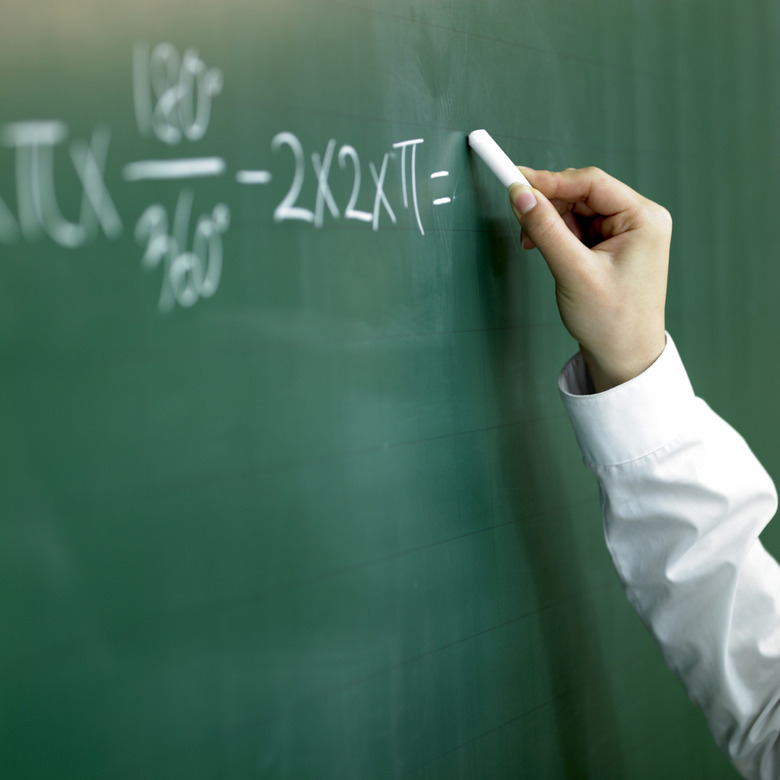What Is Math Regrouping?
Regrouping in math has had several names over the years, including "carrying" and "borrowing." The concept of regrouping involves rearranging, or renaming, groups in place value. The position of the numeral is the place value, and it tells how many groups of one, 10, 100 and so on are found in the number. For example, in 8,364, there are eight groups of 1,000, three groups of 100, six groups of 10 and four groups of one.
Using Regrouping in Addition
Using Regrouping in Addition
When the sum of a place value column is greater than nine, sets that match the next column must be regrouped into the next place. For example, if the ones place totals 13, three is recorded in the ones place and 10 is renamed as one in the tens place. If the tens column totals 38, eight is recorded in the tens place and three is regrouped to the hundreds place. When you add 734 + 69, the ones column totals 13. Regroup 10 of the 13 into the tens column and write the remaining three in the ones column. Add the 1 you "carried" over to the 3, place the 6 in the tens column and repeat the process, for a final sum of 803.
Using Regrouping in Subtraction
Using Regrouping in Subtraction
Use regrouping in subtraction when a place-value digit in the minuend, or number from which you are subtracting, is less than the digit in that same place in the subtrahend, or number being subtracted. If the equation is 41-17, for example, you will need to regroup to subtract the ones column. Rewrite the numbers as (30 + 10) – (10 + 7), and then subtract 10-7 for the ones column to yield an answer of 24.
Cite This Article
MLA
Martin, Pamela. "What Is Math Regrouping?" sciencing.com, https://www.sciencing.com/math-regrouping-6591174/. 24 April 2017.
APA
Martin, Pamela. (2017, April 24). What Is Math Regrouping?. sciencing.com. Retrieved from https://www.sciencing.com/math-regrouping-6591174/
Chicago
Martin, Pamela. What Is Math Regrouping? last modified August 30, 2022. https://www.sciencing.com/math-regrouping-6591174/
